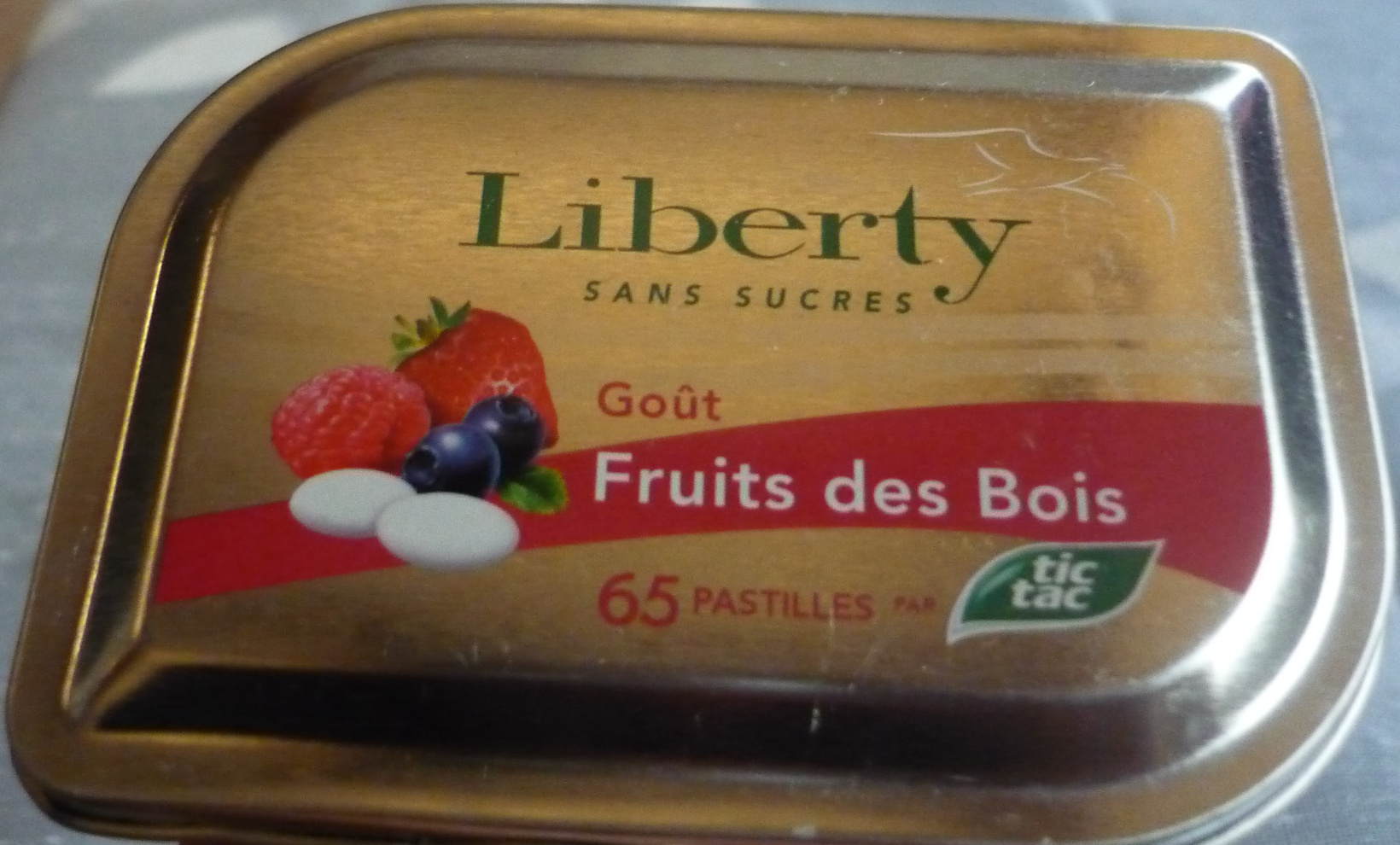Wildberries tic tac (liberty sugarfree) - 25 g
This product page is not complete. You can help to complete it by editing it and adding more data from the photos we have, or by taking more photos using the app for Android or iPhone/iPad. Thank you!
×
Barcode: 8000500103272 (EAN / EAN-13)
Common name: Pastilles aromatisées aux fruits des bois avec édulcorant
Quantity: 25 g
Brands: Liberty
Categories: Snacks, Sweet snacks, Confectioneries
Countries where sold: France, Switzerland









